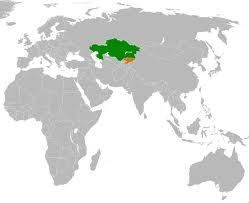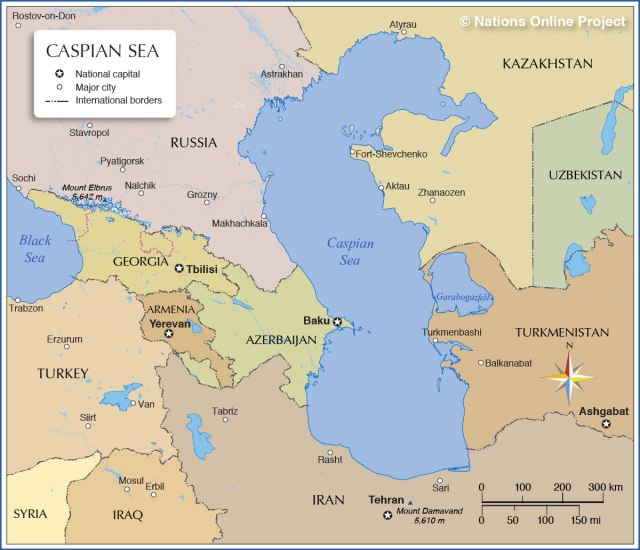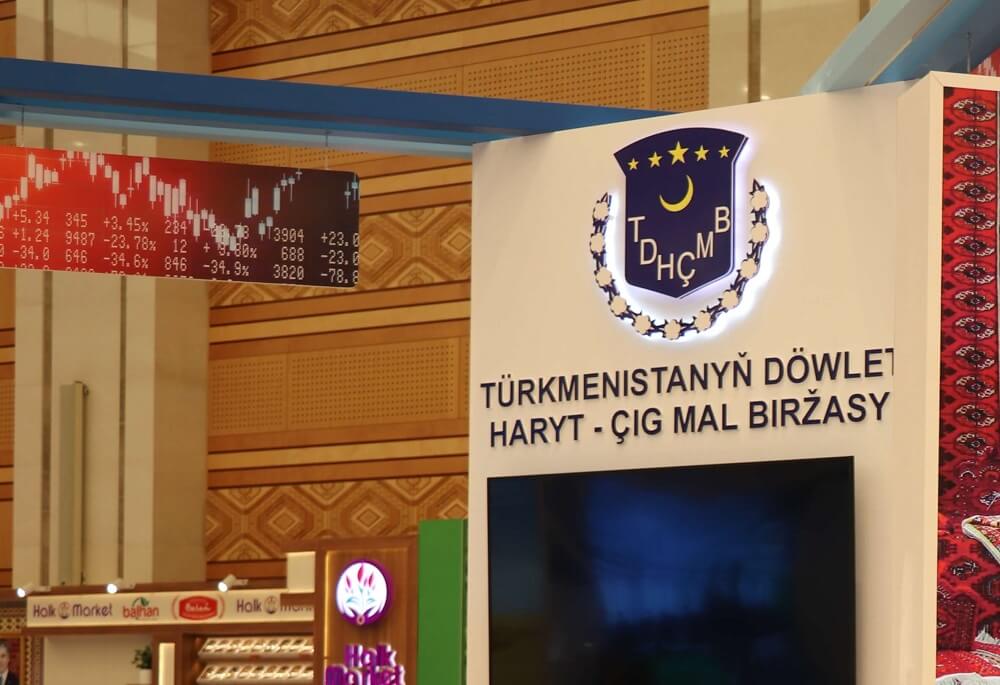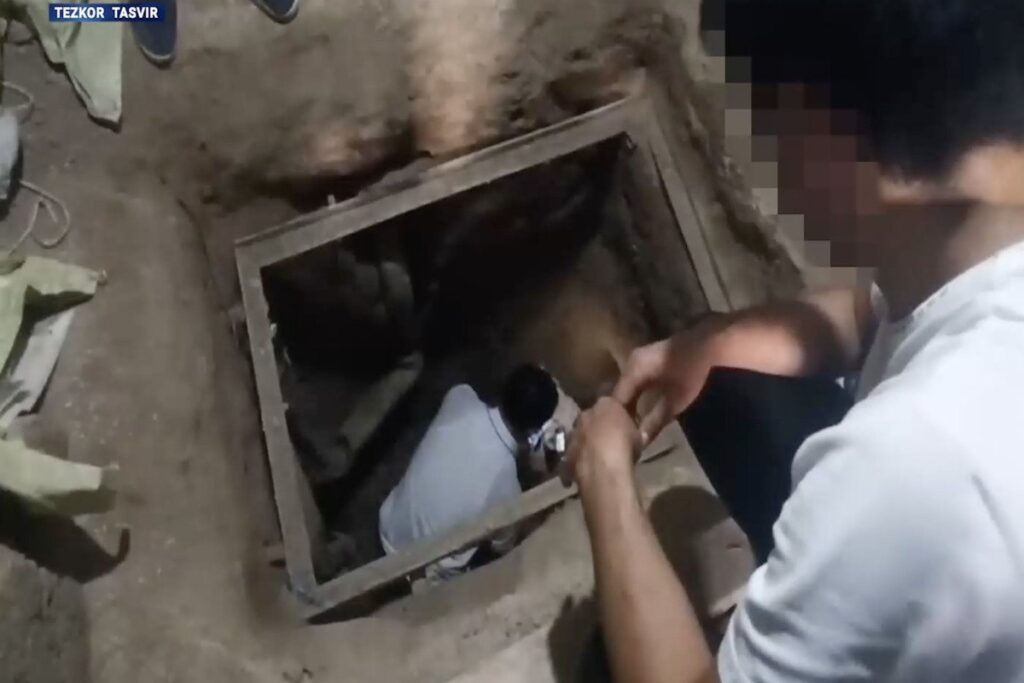BISHKEK (TCA) — A 12-kilometer queue of trucks was at Ak-Tilek checkpoint on the Kyrgyzstan-Kazakhstan border on December 1, and vehicles continued to arrive in the hope that the situation will improve after negotiations of the presidents of Kyrgyzstan and Kazakhstan in Minsk, Belarus on November 30.
More than 600 trucks were standing on the Kyrgyz side of the border yesterday, waiting for entry to Kazakhstan, the State Border Service of Kyrgyzstan said. The Kazakh customs passes about six vehicles an hour.
Kyrgyzstan’s state budget may lose 2.5 billion soms because of the bottleneck at the Kyrgyz-Kazakh border, Kyrgyz Finance Minister Adylbek Kasymaliev said.
Since October 10, Kazakhstan has toughened border control for vehicles carrying goods from Kyrgyzstan.
At the Eurasian Economic Union (EEU) intergovernmental council in Yerevan on October 25, Kazakhstan did not sign the roadmap which would resolve the situation.
The then President of Kyrgyzstan, Almazbek Atambayev, before leaving his post late in November, described Kazakhstan’s toughened border control and the resulting bottleneck at the border as an economic blockade of Kyrgyzstan by the neighboring state.
Joint control
On November 30, at the Collective Security Treaty Organization (CSTO) summit in Minsk, the new Kyrgyz President Sooronbai Jeenbekov and Kazakhstan President Nursultan Nazarbayev discussed the situation at the Kyrgyz-Kazakh border.
After their meeting, the presidents spoke to the media.
Nazarbayev stressed the need to adopt a roadmap which is being drafted by the governments of the two countries. Before the roadmap is adopted, the border will be temporarily opened, he said.
An agreement was reached to establish joint control of goods crossing the Kyrgyz-Kazakh border by Kazakhstan, Kyrgyzstan and EEU officials. Goods entering Kyrgyzstan from China will be checked in the same way, Nazarbayev added.
The Kazakh side earlier blamed Kyrgyzstan for smuggling goods into Kazakhstan and the EEU, citing customs statistics according to which the amount and cost of goods that enter Kyrgyzstan from China are much bigger than that of the goods that cross the Kyrgyz-Kazakh border.
President Jeenbekov confirmed the plan to establish joint control and resolve all issues of bilateral cooperation.
Kyrgyzstan’s delegation headed by Deputy Prime Minister Tolkunbek Abdygulov left for Astana on December 1 to discuss the draft roadmap for the settlement of the situation.
Kyrgyzstan and EEU
Given the current situation, some economists have questioned whether Kyrgyzstan needs EEU membership.
Atambayev rejected accusations that he was destroying the Eurasian Economic Union at a meeting of the National Sustainable Development Council of Kyrgyzstan on November 17, saying that the decision to join the Union was correct, and Kyrgyzstan should remain in the EEU.
“The reality is that Kyrgyzstan has been cut off for more than a month from the rest of the EEU at the whim of Kazakhstan’s leadership,” Atambaev said.
Kazakhstan lies between Kyrgyzstan and Russia, another EEU member (along with Belarus and Armenia).
The Treaty of the Eurasian Economic Union ensures “four freedoms” — the freedom of movement of goods, capital, services and labor. The Union is to provide an economic benefit for its member countries but Kyrgyzstan’s businesses had suffered huge losses due to problems at the Kyrgyz-Kazakh border, Atambayev said, adding that the Eurasian Economic Commission (EEC), the EEU’s permanent supranational regulatory body, and the other EEU member countries remained silent.
The EEC is ready to create a working group to study the situation on the Kyrgyz-Kazakh border, Tigran Sargsyan, EEC chairman said on November 27, adding that this situation negatively affects the EEU image.
Discussing Kyrgyzstan’s withdrawal from EEU
Due to the complicated relations with Kazakhstan, some Kyrgyz parliament deputies and economists suggested expanding trade relations with China instead of the EEU. However, other experts warn about possible risks of the move for Kyrgyzstan.
It is not so easy to change commodity markets, experts say. Moreover, it is necessary that the buyer country is also interested in purchasing goods produced in Kyrgyzstan.
The main export commodities of Kyrgyzstan are gold, ores and concentrates of precious metals, beans, fruits and vegetables. Most of gold is exported to Switzerland but not to China or the EEU countries. The precious ores and concentrates are exported to China and Kazakhstan.
China only buys raw materials from Kyrgyzstan. To sell food and agricultural products, quality certificates will be required, which are more stringent in China than in Kyrgyzstan.
Kyrgyz garments, exported to Russia and Kazakhstan, are made from Chinese fabrics and accessories. China manufactures enough garments of its own and does not need to import it from Kyrgyzstan.
If Kyrgyzstan withdraws from the EEU, it will be deprived of the trade preferences that the EEU member states have.
In addition, Kyrgyz labor migrants in Russia and Kazakhstan would have problems. Thanks to the EEU preferences, Kyrgyz labor migrants currently enjoy expanded rights to work and to have social protection in the EEU area, and their remittances mitigate social and economic tensions in Kyrgyzstan.
For 8 months of 2017, remittances from Kyrgyz migrants in the EEU countries back to Kyrgyzstan amounted to $1.58 billion, 25.4% more than in the same period in 2016. Last year, remittances accounted for 31.6% of Kyrgyzstan’s GDP.
The possible exit from the EEU will therefore have a negative impact on the economy of Kyrgyzstan and on the well-being of its citizens.









